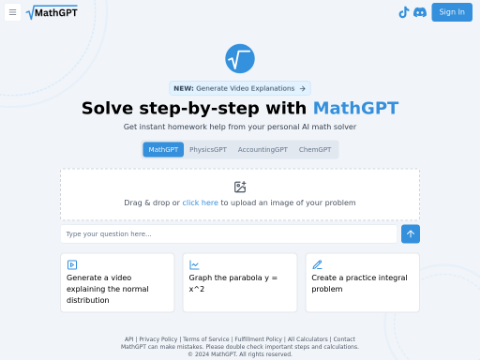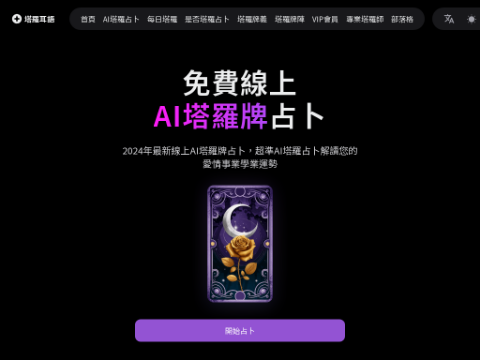Canva, the online design platform, has recently introduced a range of artificial intelligence (AI) features, including updates to text and video effects and a more robust text-to-image application. This new tool, called "Dream Lab," was launched following Canva's acquisition of the generative AI startup Leonardo.ai earlier this year.
Dream Lab is powered by Leonardo’s Phoenix model, distinct from Adobe’s Firefly AI model, enabling users to generate images in various styles such as "3D rendering" and "illustrations" through descriptive prompts.
Canva already featured an AI image generator based on Stable Diffusion and hosted multiple third-party applications. The addition of Dream Lab brings enhancements to the platform, including improved performance in creating photographic-style images and multi-subject compositions. It also offers a feature that allows users to reference existing images for better control over the output, similar to Photoshop’s reference image tool.
In addition, Canva has updated its comprehensive “Magic” AI tool suite, enhancing the accuracy of the Magic Write text generation feature and adding one-click auto-complete commands. The whiteboard functionality now supports AI-driven summaries and real-time reaction stickers for collaborative projects, while video editing tools have been upgraded to automatically generate subtitles and introduce new animation effects.
Users can now add interactive charts and graphics to presentations for more effective data visualization. Furthermore, Canva's asset library has been expanded through a licensing agreement with the art and music platform Artlist, adding royalty-free music and cinema-quality videos.
Last month, Canva announced plans to increase subscription prices for some enterprise clients to reflect the "expanded product experience" and the value that generative AI tools bring to the platform. While the acquisition of Leonardo.AI may have been part of its investment strategy, users might be disappointed as the price hikes could result in only incremental improvements rather than entirely new generative AI features.








